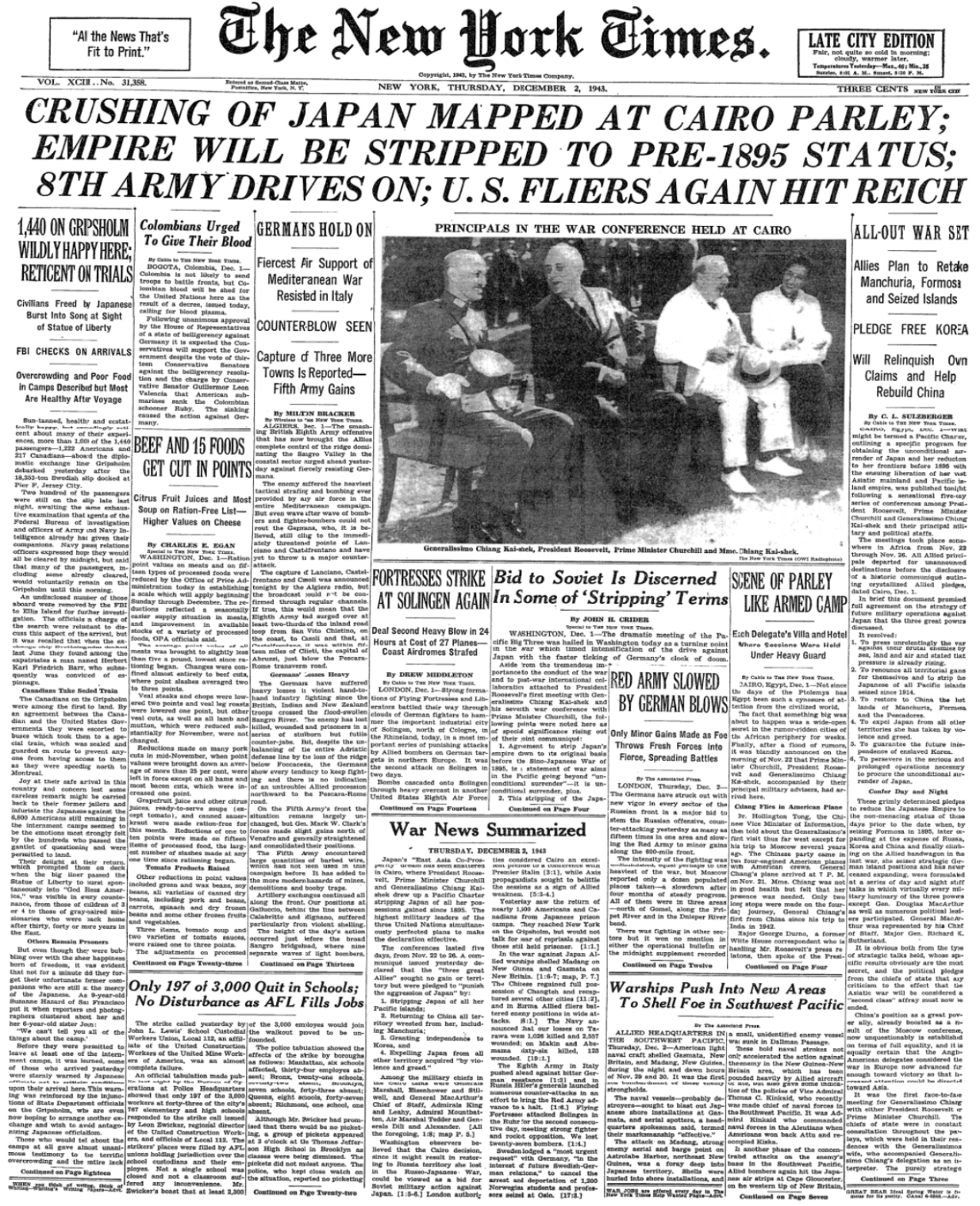We pick up our hero’s story in January 2019, halfway through Year 3.
Orientation begins at 7:00 am. Our clerkship director, a 58-year-old family doctor, explains that we are expected to write at least two notes per day at our assigned clinic. “Get used to the SmartPhrases [canned templates within Epic, with fields such as patient age ready to be auto-filled] your team uses. Half the note is just for billing, which makes it frustrating to find information even in my own notes, let alone others’. But we have to work with it.”
He describes the distinction between family medicine and general practice. “General practitioner developed bad connotations because it was basically a physician who did not complete a residency. You were considered a general practitioner (GP) in your third year of medical school. My dad delivered babies by himself as a fourth-year medical student. Family Medicine fought back against this confusion by becoming the first society to require a board examination.”
The orientation was followed by a lecture on geriatric polypharmacy (drug interactions and the consequences of our pharma-happy medical system). A geriatrician (family doctor with geriatrics fellowship) in her 50s: “More than 12 percent of the US population is over 65. An estimated 50 percent of these folks take more than five medications. Polypharmacy has serious consequences; 30 percent of hospital admissions are estimated to be from adverse drug effects.” Why aren’t the hazards of over-pharma better known? “There are a lot of studies looking for a primary discharge diagnosis of ‘adverse drug reaction’ as an ICD-10 code. They will miss a situation in which the adverse drug reaction caused the primary problem, e.g., a patient falls from too many anti-hypertensives and breaks her hip.”
She describes Beers Criteria, a list of potentially inappropriate medications in the elderly that can lead to falls, fractures, gastrointestinal bleeds, delirium, and overall increased risk of death. “We’re trying to get away from the lady that takes a few Xanax every night for 40 years,” she exclaimed. She described analgesia in the elderly. “Too often we avoid giving opioids because of the stigma, but they are frankly one of the best options to manage pain in the elderly. The alternative of NSAIDs [e.g., Advil] causes serious GI bleeds and destroys the kidneys.”
She added, “When you get a few years under your belts, you’ll start to notice pharmaceutical tricks. When a commonly used drug is about to go generic, the company will conduct a clinical trial with a dose that cannot be obtained from a combination of pills already on the market. For example, Aricept [donepezil], medication used in Alzheimer’s dementia despite minimal clinical benefit] comes in 10 mg and 20 mg. Before the patent expired, Pfizer conducted a trial at 22 mg. It didn’t work, but if it had, they would’ve sought FDA approval for the 22 mg level, and then insurance would have paid only for the FDA-approved dose, otherwise it would be an off-label [uninsured] use. Same thing happened with Claritin.” She concluded: “Learn the rules, so that you may break them properly.” She requires us to conduct a polypharmacy review of an elderly patient during our rotation.
[Editor: See a March 11, 2001 New York Times story on Schering-Plough keeping Claritin from becoming an inexpensive generic via dosage tweaking leading to patent extensions: “The Claritin Effect; Prescription for Profit”.]
Farmer Fiona, a 26-year-old from rural America who is interested in rural family medicine, and I are paired for our weekly nursing home days. Fiona texts the attending who tells us to meet him at the assigned nursing home at 1:00 pm. I rush through lunch at the gas station burrito shop, but need not have hurried since the doctor does not arrive until 1:30 pm. He assigns us two patients each, one admission and one follow-up. After 45 minutes, we reunite with the attending and present our patients in a conference room. My 65-year-old patient has been in and out of the rehab facility twice after pancreatitis hospitalization complicated by an abscess formation requiring laparotomy (cut open abdomen). He is experiencing worsening nausea two days after discharge from the hospital. He has no peritoneal signs (inflammation of abdominal wall), or systemic signs of infection (fever, tachycardia). We prescribe Zofran and plan to re-evaluate him the next day for possible transfer to the hospital for imaging. We then round on 5 patients in skilled nursing, and 5 patients in the long-term care section of the assisted living complex.
Tuesday morning I drive 45 minutes into the countryside to a family medicine clinic that will be my primary home for six weeks. Work starts at 8:30 am, so I get more sleep than during the surgery and internal medicine rotations. The office has three physicians, one of whom works 2.5 days per week and spends the rest of the time with her children. It isn’t difficult to craft a work-life balance when a nice house near the clinic costs $250,000 and a full-time doc is earning $220,000/year. I will be working only with the two full-time physicians. We are able to perform lab draws (in-house A1C, CMP) and electrocardiograms, but no onsite x-ray.
Doctor Dunker is a 41-year-old member of a traditional Anabaptist group. He has seven home-schooled children, a beard that flows down to mid-chest, and dresses like an Amish farmer. He comes in at 8:30 am on the dot wearing a pressed white shirt with baggy black pants and a black vest. He expects the nurse (also in traditional garb, including bonnet) to have prepped his first patient and will put his black hat on the desk, don a white coat, and go into the exam room within a minute of arrival. Jane and I won’t be able to complain about working hard in medical school; Doctor Dunker had two young children to care for during his medical education.
He cares for a village, about 3400 patients spanning several generations of families, twice as many patients as the other full-time attending in the practice. About half are from his traditional community, many driving two hours from the rural area in which he formerly practiced, and some making all-day drives from other states. “They just keep having children, and I can’t say no.” He has learned to have low expectations for M3s: “Things are crazy around here, I actually requested to not have a medical student this block. I know this isn’t your fault. Today, you’ll just follow me. We’ll figure a way to make it work. I still want you to get comfortable with doing great outpatient encounters. I just can’t get behind on my patients because I have to leave on time.”
The typical day has acute visits and medication follow-up visits scheduled in 15-minute blocks while new patients and annual visits are scheduled for 30 minutes. We are supposed to take a lunch break from 12:00 to 1:30 pm (oftentimes interrupted by 1 or 2 fill-in appointments) and are done at 5:00 pm. On two days per week, Doctor Dunker stays late and sees patients until 7:00 pm.
The first visit is a joint annual check up for an Anabaptist couple in their 70s. We start with a routine health check and filling out a Medicare annual form ($35 in extra revenue) that asks how long it takes the patient to “get up and go” (should be under 20 seconds to rise from sitting, walk 10 feet, turn around and sit back down), domestic violence screening, and dementia screening test with Mini-Mental Status Exam (MMSE, including a three-word recall and drawing a clock). The wife asks: “By the way, one more question. Our granddaughter is pregnant and needs a note to take five-minute breaks at Walmart when she gets short of breath. Could you do that?” He was silent for a second. “I cannot confirm or deny that she is a patient of mine or her situation.” The couple laughed, “Oh, Doc. We know she is pregnant, she told us, and we’re ecstatic. Her boyfriend, hopefully fiance, is a great guy and all about her. And by the way, you’re a terrible liar!” Doc Dunker: “If she is a patient, I will reach out to her.” As the old couple leaves, they comment approvingly on the Christian artwork.
We see a 12-year-old girl for eczema. Last visit, Doctor Dunker had ordered a compounded steroid cream. However, Medicaid had rejected the order, even though it is a generic medication. “This can be so frustrating. They reject what I order, but won’t offer an alternative.” He adds, “Finding a medication that Medicaid will pay for is like whack-a-mole.”
Doctor Dunker: “The next patient is quite interesting. Interview the patient when she arrives while I see the roomed patient.” A 37-year-old female former nurse, local but not Anabaptist, presents for a one-month follow-up after discharge from a stroke rehab program. After a routine dental procedure and despite being generally healthy, she contracted subacute bacterial endocarditis (heart valve infection). The infected valve threw clots into her arteries, one to her middle cerebral artery causing a stroke, and one to her left leg causing gangrenous necrosis. Her left leg was amputated above the knee. She was in rehab for a month, with follow-up physical and occupational therapy appointments.
The patient is way out of my league. I don’t know what questions to ask about the post-stroke recovery process. Fortunately, Doctor Dunker knocks on the door. The patient and her husband brighten, “Doc look at this. She attaches her prosthesis to the left lower extremity stump, and walks to the door. “Oh my God. Wait here.” He calls the nurses and front desk staff. “Everyone come here and watch.” People cheer as she walks down the hall.
When the commotion subsides, she explains her challenges going forward. “Insurance won’t pay for any more PT or OT [physical or occupational therapy]. My husband and I have worked too hard to go for the Medicaid spend-down, but we just can’t afford these $150 sessions out of pocket. I wish we had known what we know now. We had only 10 sessions for PT and OT. If we scheduled them back-to-back, they count as one, but we scheduled the first few at separate times so it counted for two seperate uses.” Doc Dunker: “Let me see what I can do.” He calls our care coordinator, who gets her another 10 PT and OT sessions from charity care.
[Editor: when a hospital reports “charity care”, it is at the fictitious list prices that are often 10X what an insurance company would pay. “How Much Uncompensated Care do Doctors Provide?” (NBER, November 2007) concluded that “uncompensated care amounts to only 0.8% of revenues” and that physicians actually were “earning more on uninsured patients than on insured patients with comparable treatments.”]
The next patient is a 69-year-old male, accompanied by his daughter, for worsening hallucinations associated with Lewy body dementia (LBD). LBD is characterized by early vivid visual hallucinations followed by progressive decline in cognitive function. He called 911 at 2:00 am because he thought his wife had stopped breathing (in fact, she passed away 10 years earlier). This is the fourth time he has called 911 for a hallucination. He describes how he sometimes sees large beetles (“size of my hand”) crawling on him at night. My attending describes this phenomenon where objects appear bigger or smaller than reality as Lilliputian, dubbed the “Alice in Wonderland” syndrome. The patient is quiet throughout the interview, clearly embarrassed about his behavior. Afterwards, we just sit in the room for a few seconds. “So sad, his body is fit but his mind is failing him. He knows right now he has a problem. This can be the most devastating period of the dementia.” (Robin Williams who committed suicide at 63 suffered from the “terror” of LBD.)
[Editor: Williams was also being pursued by two alimony plaintiffs. New York Daily News: “Paying out over $30 million
Full post, including comments 








